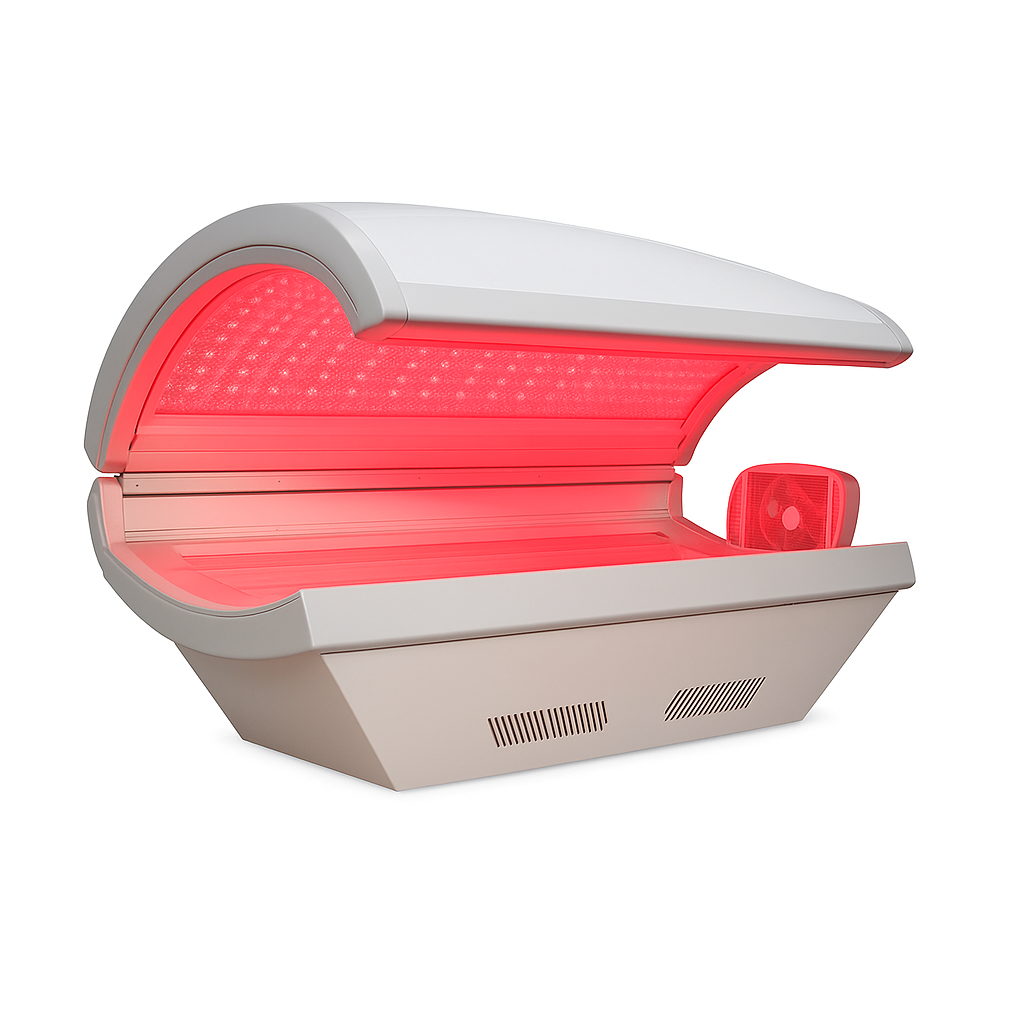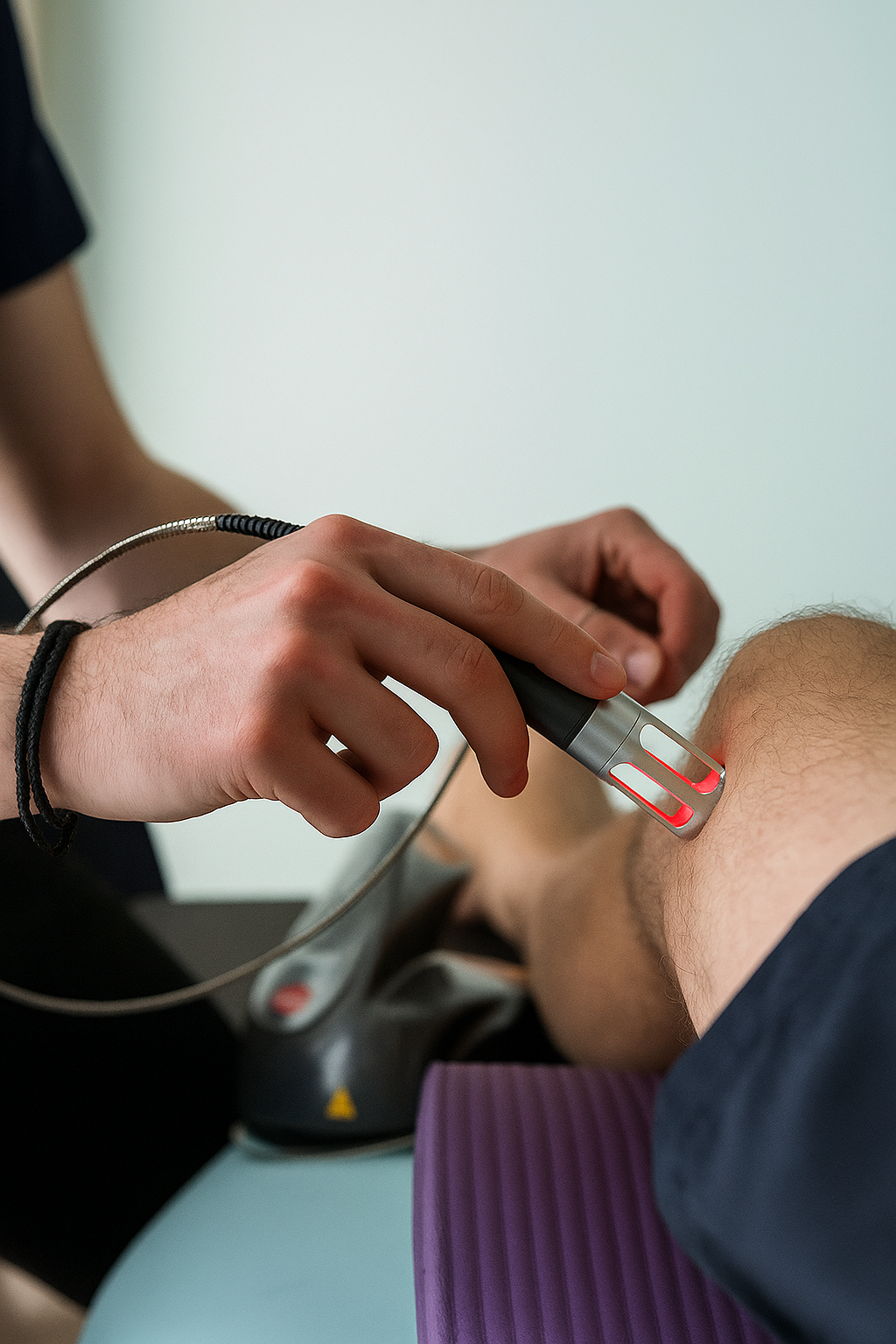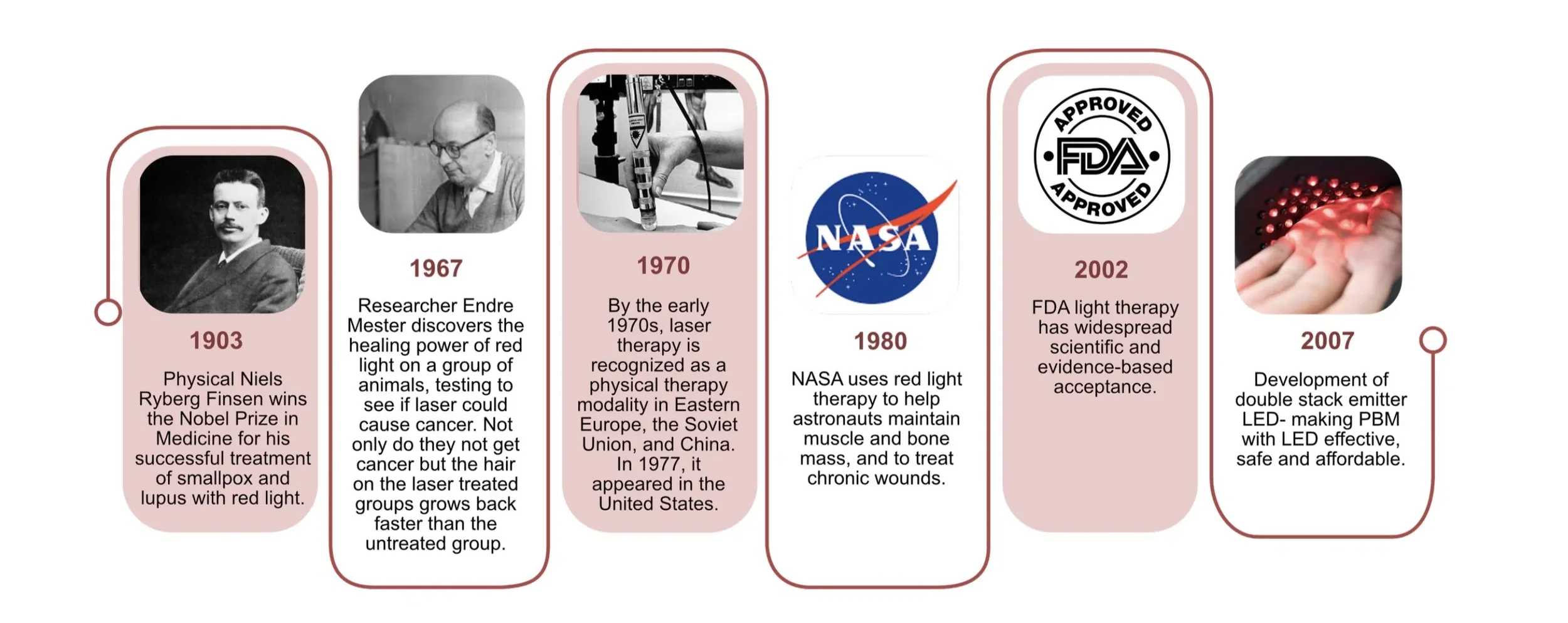
Medical Light Therapy
About us
Vionex Med Tech LLC is dedicated to advancing the science of light-based therapy through innovative, non-invasive solutions designed to support patient recovery, pain management, and overall wellness.
Our company specializes in Low-Level Light Therapy (LLLT) and Class II medical laser and LED technologies that promote healing, reduce inflammation, alleviate pain, and enhance circulation and tissue repair. All Vionex Med Tech devices are FDA-registered and engineered for safe, effective use both in clinical environments and at home—without the need for direct medical supervision.
By combining photobiomodulation and thermal therapy, our technology stimulates the body’s natural cellular processes, accelerating post-surgical recovery and improving musculoskeletal health, while also encouraging collagen production and skin rejuvenation for aesthetic benefits.
Our mission is to bridge the gap between clinical science and personal wellness, offering healthcare professionals and consumers alike a reliable, evidence-based approach to pain relief, rehabilitation, and regenerative health.
At Vionex Med Tech, we believe light is more than therapy; it’s a pathway to restoration and vitality
Products
Light Therapy Types
-
Cellular Rejuvenation for Optimal Health
Red Light Therapy (RLT) is a non-invasive approach that harnesses specific wavelengths of light to stimulate cellular function, much like sunlight fuels photosynthesis in plants. At its core, Red Light Therapy enhances mitochondrial activity, increasing ATP (adenosine triphosphate) production, the biological energy currency essential for cellular repair, regeneration, and overall vitality.
A Natural Energy Boost for CellsJust as plants absorb sunlight to generate energy through photosynthesis, human cells absorb red and near-infrared (NIR) light to enhance ATP production. Red Light Therapy penetrates the skin and tissues, delivering photons that are absorbed by mitochondria. This process increases cellular energy, fuels essential biological functions, and accelerates recovery and regeneration, much like how a fully charged battery powers a device to function optimally.
-
Blue light has been shown to influence circadian rhythm regulation, supporting balanced sleep-wake cycles and sustained alertness during the day. It can enhance cognitive performance and mood by modulating neurotransmitter activity and promoting optimal brainwave patterns. Blue wavelengths also interact with cellular pathways involved in immune defense and detoxification, contributing to systemic balance and resilience.
-
Exposure to green wavelengths has demonstrated effects on the autonomic nervous system, helping to reduce stress responses and promote parasympathetic activity. Studies suggest green light may alleviate headache intensity and frequency by influencing pain signaling pathways and vascular tone. Additionally, it supports cardiovascular equilibrium and fosters a sense of internal calm and mental clarity.
-
Yellow light is associated with stimulation of the nervous and lymphatic systems, contributing to improved energy metabolism and detoxification. Its gentle wavelength range promotes relaxation while maintaining alertness, supporting both emotional stability and motivation. Yellow light exposure has also been linked to enhanced mood regulation and overall psychological well-being through its effects on neurochemical balance and systemic vitality.
-
Low-Level Light Therapy, also known as photobiomodulation, utilizes specific wavelengths of red and near-infrared light to stimulate cellular function without generating heat or tissue damage. At the mitochondrial level, LLLT enhances the production of adenosine triphosphate (ATP), the body’s primary energy currency, thereby improving cellular metabolism and performance. This increase in energy availability supports tissue repair, reduces inflammation, and promotes overall physiological balance. LLLT has been widely studied for its ability to accelerate recovery, improve musculoskeletal health, and enhance neurological and cognitive function through improved oxygenation and cellular communication.
Laser, Green, & Yellow Light Therapy
What Are Green and Yellow Light Therapies and How Do They Work?
Laser and visible light therapies such as green and yellow light therapy are part of the broader field of photobiomodulation (PBM)—the therapeutic use of specific wavelengths of light to influence biological processes at the cellular level.
While red and infrared light penetrate more deeply into tissue and muscle, green and yellow light primarily affect the superficial and mid-level layers, interacting with cellular structures, microcirculation, and biochemical pathways involved in tissue repair and inflammation modulation.
Both green (approximately 520–560 nm) and yellow (approximately 570–590 nm) wavelengths have been studied for their effects on cellular balance, oxidative stress reduction, and circulatory support. Laser and LED systems using these wavelengths are increasingly used in clinical, rehabilitative, and research settings for their gentle yet measurable influence on biological activity.
Unlike high-intensity ablative lasers that cause controlled tissue injury, low-level laser and LED therapies use non-thermal, non-ionizing light energy to stimulate beneficial cellular responses without pain, heat, or tissue disruption.
5 Key Benefits
Of Red Light Therapy



















